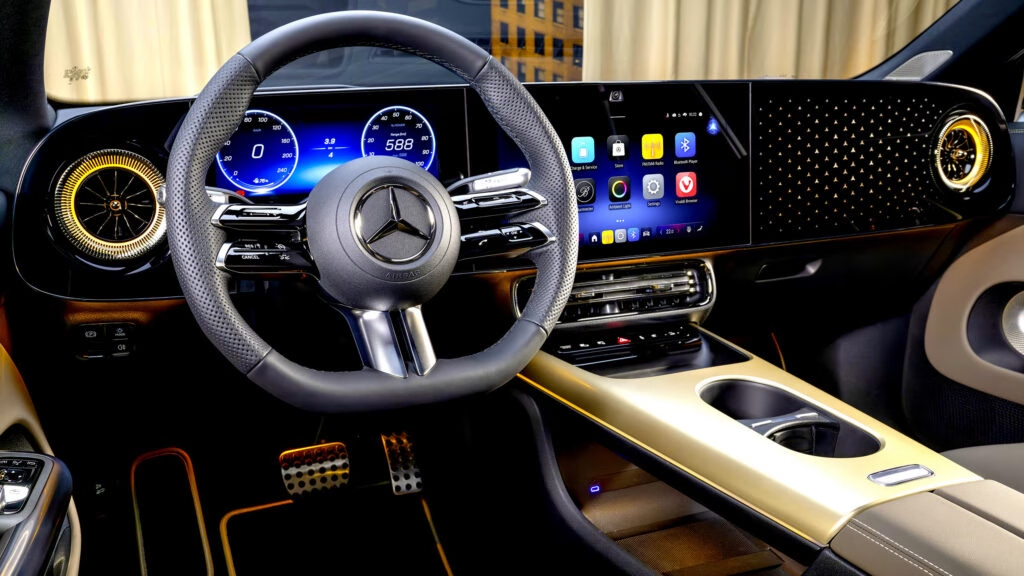Mercedes-Benz has recently made waves in the electric vehicle (EV) market with the announcement of its CLA EV, a sleek sedan that promises impressive performance and charging capabilities. However, the initial decision to limit the vehicle to 800V DC fast-charging stations raised eyebrows and sparked conversations among potential buyers and industry experts alike. Let’s dive into what this means for the CLA EV and how Mercedes is addressing these concerns.
What’s the Deal with 800V Charging?
When Mercedes first unveiled the CLA EV, it was exclusively compatible with 800V charging stations. This choice was puzzling, especially considering the limited availability of such chargers in the U.S. market. Many potential EV buyers often cite charging infrastructure as a significant barrier to adoption. So, why did Mercedes make this decision?
The company aimed to showcase the CLA’s impressive fast-charging capability, which can deliver up to 202 miles (325 km) of range in just 10 minutes. While this is undeniably a remarkable feature, it came at the cost of accessibility for many drivers. The initial messaging left many scratching their heads, wondering how a luxury brand would limit its customers’ charging options.
What’s Changing for Future Models?
Fortunately, Mercedes has listened to the feedback and is making adjustments. Starting in 2026, U.S. models of the CLA will support both 400V and 800V charging stations. This is a game-changer, as it opens up access to over 140,000 charging points across the country. A spokesperson for Mercedes-Benz USA explained that after the initial limited delivery of vehicles for demonstration purposes, future orders would include a converter to facilitate this dual charging capability.
This shift not only enhances the practicality of the CLA EV but also aligns with the broader goal of making electric vehicles more user-friendly. By providing options for both charging voltages, Mercedes is acknowledging the diverse needs of its customer base and the varying availability of charging infrastructure.
Why Does Charging Speed Matter?
Faster charging speeds are certainly a perk, but they shouldn’t come at the expense of convenience. The initial decision to limit the CLA to 800V charging stations seemed to overlook the reality that many drivers rely on more accessible 400V options. The ability to charge quickly is essential, but so is the ability to find a charging station when you need one.
Mercedes has recognized this balance and is now committed to providing a more comprehensive charging experience. As the spokesperson noted, public charging technology varies globally, and the company aims to offer the best experience possible for its customers. This commitment to customer satisfaction is crucial, especially as the EV market continues to grow and evolve.
What’s Next for Electric Vehicles?
The CLA EV is just one example of how automakers are navigating the complexities of electric vehicle technology and infrastructure. As more consumers shift towards EVs, the demand for versatile and accessible charging solutions will only increase. Companies like Mercedes must stay ahead of the curve, ensuring that their vehicles not only perform well but also fit seamlessly into the lives of their drivers.
The big takeaway? The evolution of the CLA EV isn’t just about high-tech features; it’s about listening to customer needs and adapting to a rapidly changing market. If you’re considering an electric vehicle, keep an eye on how manufacturers respond to feedback and innovate their offerings. Start with one change this week, and you’ll likely spot the difference by month’s end.

